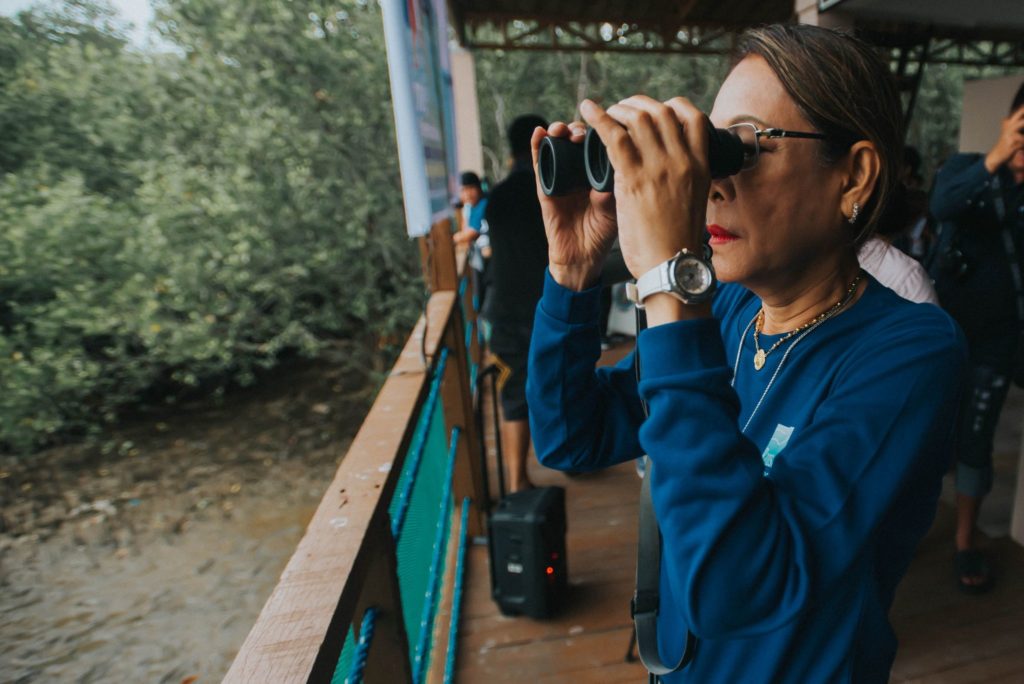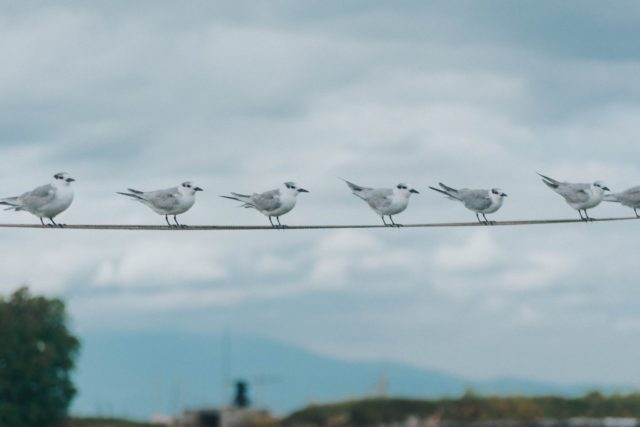SASMUAN, Pampanga (PIA) — The municipal government of Sasmuan in Pampanga led a coastal clean-up and bird watching activity at the Bangkung Malapad Critical Habitat and Ecotourism Area.
The event is in celebration of the second anniversary of the declaration of Sasmuan Pampanga Coastal Wetlands as the eight Ramsar site in the Philippines.
During the activity, Mayor Catalina Cabrera stressed the importance of the wetland area in terms of the people’s livelihood and safety.
“This is the source of livelihood for the people of Sasmuan. Since we do not have farmlands and this area is still within the Pampanga Bay, our fisherfolks catch something to eat and sell here. Also, this serves as the shield of our coastal barangays against calamities, hazards, and natural disasters,” she said.
Cabrera also noted that the wetland area will serve to boost tourism activities in the town.
With this, the mayor called on the public to step up their efforts toward protecting and preserving the area.

“This wetland is of international importance. Personally, despite Sasmuan being a 4th class municipality, I am proud that we were able to establish an ecotourism site here. Let us all pull our efforts in one direction towards its preservation and protection. This is not a private property. This belongs to the government so we all should have our stake to protect it,” Cabrera said.
Meanwhile, she stressed the need to allot more funds to support the preservation and further development of the area, citing that the government has already committed to fund the establishment of boardwalks in the area.
For his part, Department of Tourism Central Luzon Senior Tourism Operations Officer Christian Lingat encouraged the participants to apply sustainable and generative tourism to leave a positive impact and make Sasmuan a premier tourism destination.
“This Ramsar site will surely attract tourists especially bird watchers who are high spenders who can eventually provide more employment opportunities to Sasmuan,” he noted.
The wetlands cover six barangays with 3,667.31 hectares of coastal waters. (CLJD/MJSC-PIA 3)





